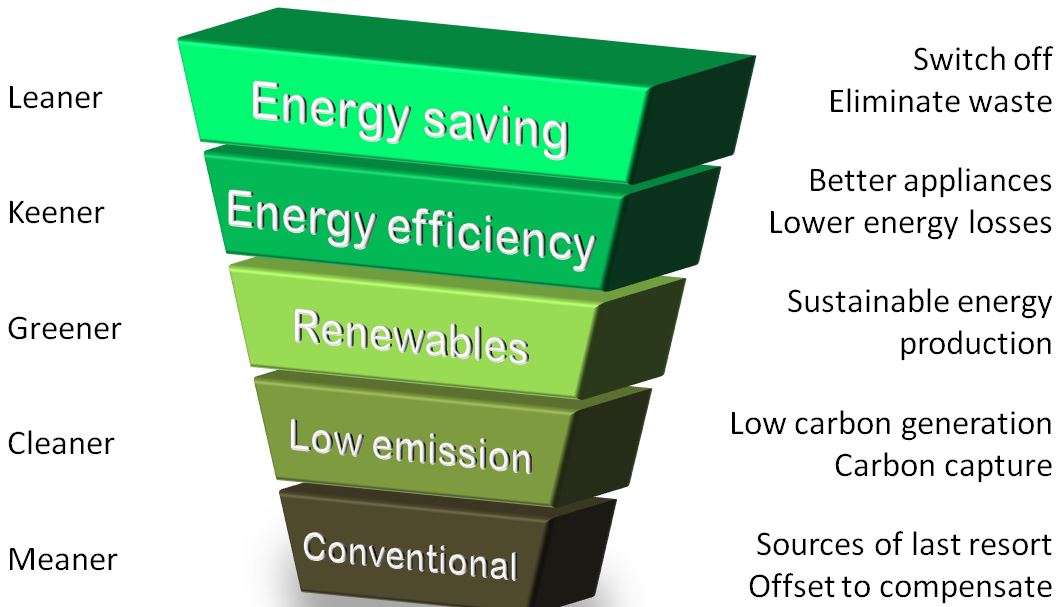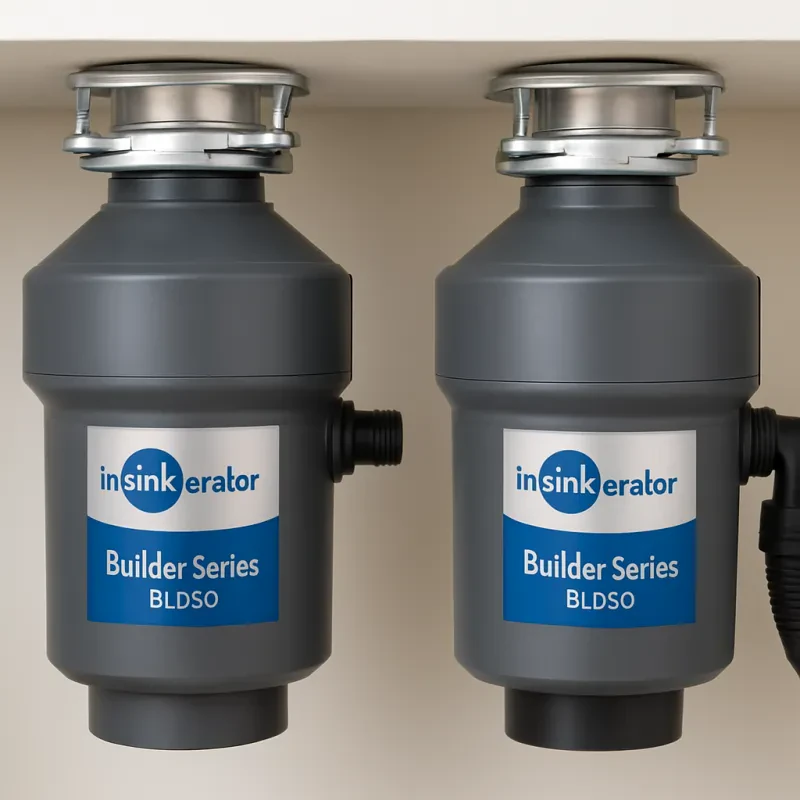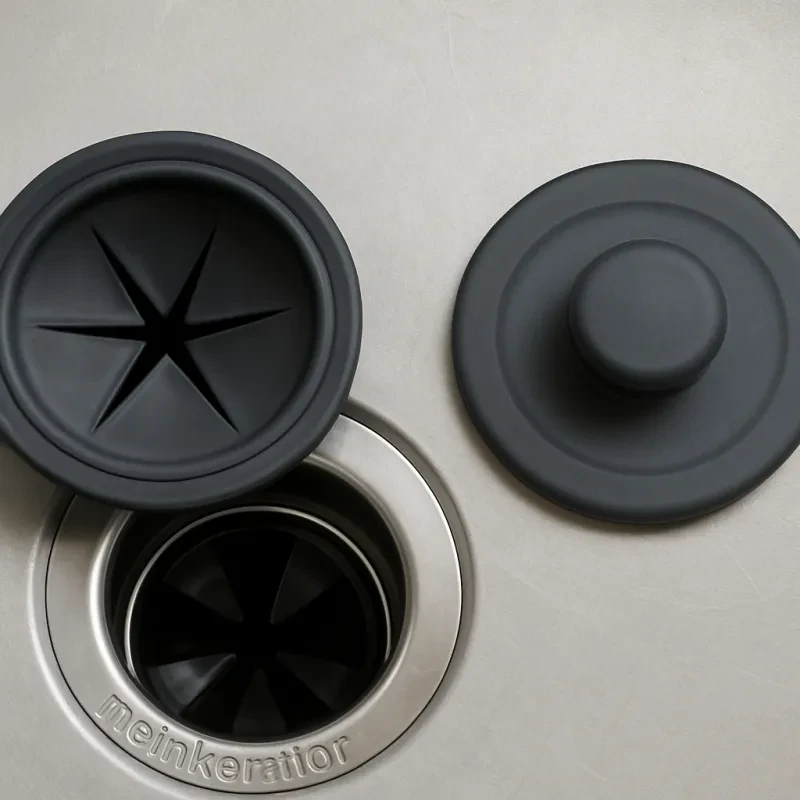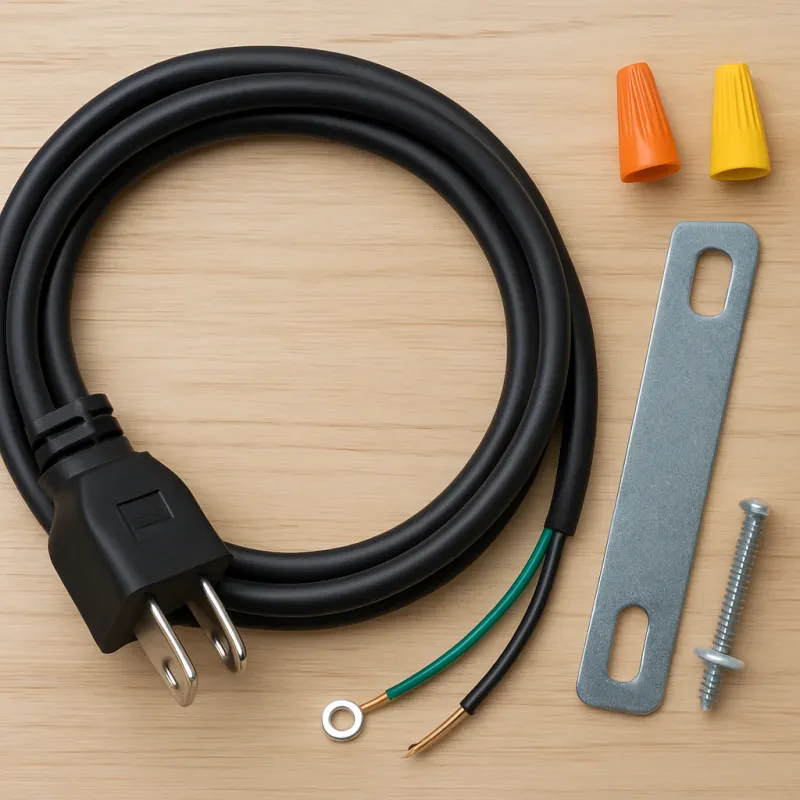Reducing Food Waste: The Role of an InSinkErator
The issue of food waste is a significant concern for our environment and society. According to the Food and Agriculture Organization of the United Nations, about one-third of all food produced for human consumption is lost or wasted globally, amounting to around 1.6 billion tons annually. This wastage not only contributes to hunger and malnutrition but also puts a strain on natural resources and intensifies the effects of climate change.
Fortunately, one appliance that can help address this issue is the InSinkErator. An InSinkErator is a garbage disposal unit installed in kitchen sinks to grind food scraps into small particles that can be flushed down the drain and enter the wastewater system. Here's how an InSinkErator plays a vital role in reducing food waste:
1. Minimizes Landfill Waste
By using an InSinkErator, food waste is efficiently disposed of through the wastewater system, reducing the amount of organic matter that ends up in landfills. When food waste decomposes in landfills, it produces methane, a potent greenhouse gas that contributes to climate change. Diverting food waste from landfills reduces methane emissions and helps mitigate global warming.
2. Saves Water and Energy 
Instead of scraping food scraps into garbage bags and rinsing them off, an InSinkErator allows you to conveniently dispose of leftover food directly down the drain. This not only saves water by eliminating the need for rinsing but also reduces the energy required for waste management. In traditional waste disposal methods, water is used for rinsing food waste and additional fuel is consumed for transportation to landfills or composting facilities.
3. Fosters Responsible Consumption
Using an InSinkErator encourages responsible consumption by making it easier to manage food waste. People become more conscious of the amount of food they throw away when they can see it being disposed of in front of them. This can lead to more mindful shopping and meal planning, thereby reducing overall food waste in households and promoting a sustainable food system.
4. Promotes Wastewater Treatment
An InSinkErator helps to promote effective wastewater treatment. The tiny food particles produced by the unit are treated by the municipal wastewater system, along with other organic materials. This results in the production of nutrient-rich biosolids that can be used as fertilizers for agriculture, closing the loop and supporting a circular economy.
In conclusion, an InSinkErator plays a crucial role in reducing food waste and supporting environmental sustainability. It minimizes landfill waste, saves water and energy, fosters responsible consumption, and promotes wastewater treatment. By incorporating an InSinkErator into our kitchens, we can actively contribute to the fight against food waste and create a cleaner, more sustainable future.
Sustainable Waste Management: The Environmental Benefits of an InSinkErator
When it comes to sustainable waste management, finding innovative solutions that reduce our environmental impact is crucial. One such solution is the installation of an InSinkErator, a modern kitchen appliance that offers numerous environmental benefits. Let's explore how an InSinkErator helps the environment and promotes sustainable waste management.
1. Reduces Food Waste
Food waste is a significant contributor to greenhouse gas emissions and landfill waste. By installing an InSinkErator, you can significantly reduce the amount of food waste that goes into the trash. Leftover food scraps can be ground up and disposed of through the InSinkErator, where they are then transported to wastewater treatment plants. This reduces the volume of organic waste that ends up in landfills, minimizing methane production and overall greenhouse gas emissions.
2. Decreases Landfill Waste
Traditional waste disposal methods involve sending household waste to landfills. As landfills reach capacity, they become not only eyesores but also major sources of pollution. By diverting organic waste, such as food scraps, to an InSinkErator instead of the trash, you are effectively decreasing the amount of waste that ends up in landfills. This helps conserve precious landfill space, reduces the release of harmful gases, and minimizes the need for additional landfill sites.
3. Aids Sewage Treatment
An InSinkErator not only disposes of food waste but also aids in sewage treatment processes. Food scraps, when sent through the InSinkErator, are transported to wastewater treatment plants along with the rest of the sewage. These plants have specialized systems to separate solids from liquids and treat wastewater effectively. The organic material in the food waste can be converted into biogas through anaerobic digestion, which further helps reduce reliance on fossil fuels.
4. Saves Water
When food waste is disposed of in the traditional manner, it often needs to be rinsed off plates and utensils before going into the trash. This means that a significant amount of water is wasted during the pre-washing process. With an InSinkErator, you can conveniently dispose of food scraps directly, without the need for excessive rinsing. This not only saves water but also reduces the strain on wastewater treatment plants, resulting in overall water conservation.
5. Energy-Efficient 
InSinkErators are designed to be energy-efficient appliances. They are equipped with powerful yet energy-saving motors that efficiently shred and dispose of food waste. The efficient operation of an InSinkErator ensures minimal energy consumption during the disposal process. This aspect aligns with sustainable waste management efforts by reducing energy demand and promoting responsible energy use.
Overall, the use of an InSinkErator in kitchens leads to a more sustainable waste management process. By reducing food waste, diverting organic waste from landfills, aiding sewage treatment, conserving water, and promoting energy efficiency, InSinkErators play a significant role in protecting our environment and combating climate change.
From Landfills to Energy: How InSinkErators Minimize Environmental Impact
As our world grapples with increasing waste generation and the need for sustainable solutions, InSinkErators have emerged as a game-changer in minimizing environmental impact. These innovative devices, commonly known as garbage disposals, not only make our lives easier in the kitchen, but they also contribute significantly to waste management and energy conservation efforts.
Reducing Organic Waste
The primary role of InSinkErators is to reduce the amount of organic waste that ends up in landfills. Food scraps, leftovers, and peels are significant contributors to the global waste problem. By grinding these waste materials into tiny particles, InSinkErators enable them to flow seamlessly through our plumbing systems and into local sewage treatment plants.
Once at the treatment plant, the organic waste can undergo various processes, including anaerobic digestion or composting, to produce biogas or nutrient-rich soil amendments. This creates a circular system where what was once considered waste becomes a valuable resource for energy production or agriculture.
Energy Recovery
An exciting aspect of InSinkErators is their ability to help recover energy from organic waste. When food waste is diverted from landfills, it can be transformed into biogas through anaerobic digestion. Biogas, composed primarily of methane, can be used as a renewable energy source to generate heat, electricity, or even fuel for vehicles.
The capture and utilization of biogas help reduce our reliance on fossil fuels, decrease greenhouse gas emissions, and mitigate climate change. Additionally, the energy produced can be used locally, promoting energy independence and resilience within communities.
Water Conservation
While InSinkErators are primarily associated with waste management, they also contribute to water conservation. By pulverizing food waste into small particles, they significantly reduce the amount of water required for waste disposal. This is because conventional methods, like pre-rinsing dishes or using excessive water to wash away food scraps, are no longer necessary.
Considering the vast amounts of water consumed during sewage treatment processes, the water-saving aspect of InSinkErators plays a vital role in sustainable water management.
Reduced Methane Emissions
When organic waste is thrown into landfills, it undergoes decomposition in a low-oxygen environment, leading to the release of methane gas. As a potent greenhouse gas, methane contributes significantly to global warming.
However, by diverting organic waste to InSinkErators and subsequently to sewage treatment plants, the methane emissions are minimized. Instead of releasing methane into the atmosphere, it is captured during anaerobic digestion and utilized for energy production, as mentioned earlier. This dual benefit prevents harmful greenhouse gas emissions and harnesses a valuable energy resource.
In conclusion, InSinkErators offer a multifaceted solution to minimize environmental impact. By reducing organic waste, recovering energy, conserving water, and reducing methane emissions, they address multiple challenges associated with waste management, energy production, and climate change. It is clear that these innovative devices play a vital role in creating a more sustainable future.
Do you have a Septic System and Want an InSinkErator?
Well, look no further, as this Septic Assist InSInkErator is the one for you!


